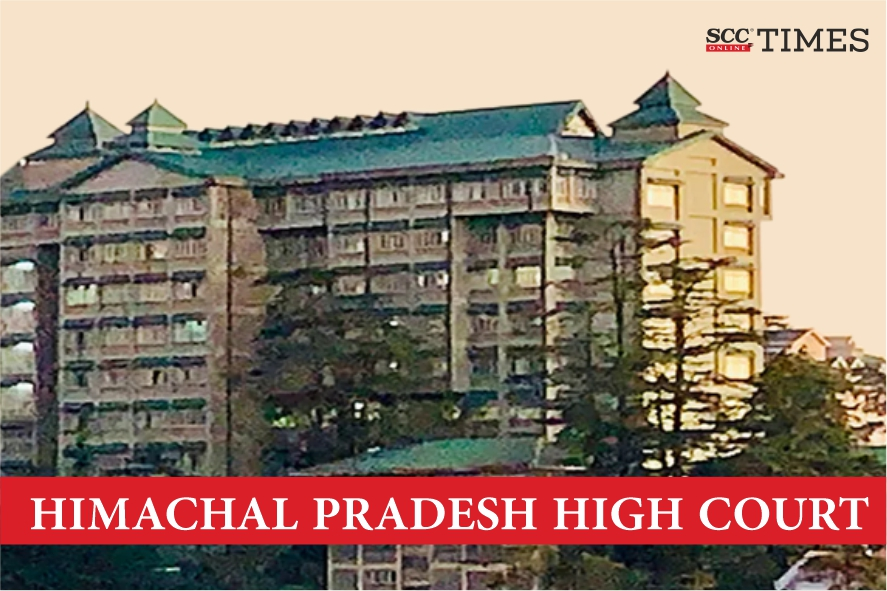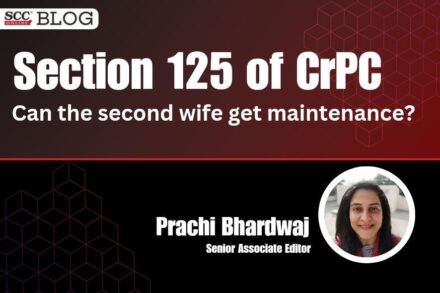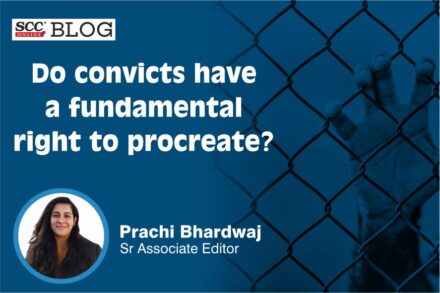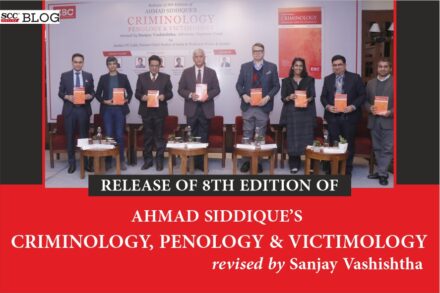Himachal Pradesh High Court: In a writ petition filed by a daily wage worker seeking pensionary benefits for the service rendered by him, a Single Judge Bench of Satyen Vaidya, J., allowed the petition, holding that the petitioner had rendered more than 8 years but less than 10 years of service thus, his service was to be treated as 10 years, which qualified him for pensionary benefits.
Background
The petitioner was appointed as beldar on a daily wage basis in the Irrigation and Public Heath (‘IPH’) department from 1988 to 1993. He challenged his termination before the erstwhile Himachal Pradesh State Administrative Tribunal(‘HPSAT’), but it was disposed of while directing the Chief Engineer to adjudicate the case of the petitioner per law. The Chief Engineer observed that notwithstanding the merits of the case, the petitioner had already been engaged by the Executive Engineer, IPH Division (‘Exec. Engineer’).
In 2010, the petitioner was retired from service. After his retirement, the petitioner filed a writ petition seeking a grant of work charge status/regularization on completion of a stipulated number of years. A Division Bench of the Court directed the State to decide the case of the petitioner on its merits per law. Consequently, vide an office order, the Exec. Engineer observed that the petitioner did not complete 240 days of continuous service from 1993 to 1995, though his date of engagement was 01-03-1993. He was found to have completed eight years of continuous daily wage service as of 31-12-2003. He was accordingly granted work charge status from 01-01-2004 and regularization from 12-12-2005.
Petitioner thereafter filed another application before the HPSAT seeking pensionary benefits besides other reliefs. The petitioner relied on the decision in Sunder Singh v. State of Himachal Pradesh1 wherein the Court held that Class-IV employees will be entitled to a pension if they have been duly regularized and have completed total eligible service for more than 10 years. Daily wage service of 5 years will be treated as equal to one year of regular service for pension. If, on that basis, their services are more than 8 years but less than 10 years, their service will be reckoned as 10 years. Accordingly, the HPSAT directed the competent authority to grant the benefit of Sunder Singh (supra) judgment to the petitioner subject to verification that he was similarly situated.
In compliance with the direction of HPSAT, the Exec. Engineer denied the petitioner benefit of pension. It was held that the petitioner had regular service of 6.5 years from 2004 to 2010 and by granting him the benefit of the Sunder Singh (supra) judgment he was entitled to addition of one year based on daily wage service of eight years rendered by him. Thus, the total service of 7.5 years was credited to him, which fell short of the requisite qualifying service of ten years.
Aggrieved, the petitioner filed the present writ petition.
Analysis
The Court noted that the impugned office order revealed the State’s admission that the petitioner had rendered continuous daily wage service for eight years from 1996 to 2003 and thereafter regular service for 6.5 years from 2004 to 2010. Thus, according to the respondents, the petitioner had rendered a total eligible regular service of 7.5 years even after granting him the benefit of Sunder Singh (supra) judgment. The Court further noted that indisputably, the petitioner was engaged on a daily wage basis before 10-05-2001, and his services were regularized thereafter. In 2018, the State Government amended the fundamental Rule 56, stating that a Class-IV Government servant appointed on a part-time/daily wages basis before 10-05-2001 and regularized on or after that date shall retire from service at the age of 60 years.
The Court placed reliance on Baldev v. State of H.P. 2022 SCC OnLine HP 459, wherein it was held that the retirement date of those employees who had been engaged on a daily wage basis before 10-05-2001 but regularized after that date and have been retired before the issuance of notification at the age of 58 years, shall be deemed to have retired at the age of 60 years. Since those employees did not work beyond 58 years, therefore, they will not be entitled to the monetary benefits of wages/salary, etc., for the period of service from the date of their actual retirement till the deemed dates of their retirement. However, they will be entitled to notional fixation of their pay for the aforesaid period to calculate their payable pension and payment of consequential arrears of pension accordingly. Accordingly, the Court stated that in the present case, the petitioner shall be deemed to have retired on attaining the age of 60 years, i.e., in 2012. Thus, a period of two years was to be added towards the qualifying service of the petitioner, which made the total eligible regular service of the petitioner to 9.5 years.
Further, the Court placed reliance on Balo Devi v. State of H.P.2, wherein the Supreme Court held that if the length of service was between 8 to 10 years, it would be treated as 10 years. Accordingly, the petitioner had rendered more than 8 years but less than 10 years of service, thus, his service was to be treated as 10 years, which qualified him for pensionary benefits.
Thus, the Court allowed the petition and directed the State to grant pensionary benefits to the petitioner from the date of his deemed retirement in 2012. The arrears, however, were restricted to a period of three years immediately before the filing of this petition.
[Bhima Ram v. State of H.P., 2025 SCC OnLine HP 808, decided on 20-03-2025]
Advocates who appeared in this case:
For the petitioner: P.D. Nanda
For the respondent: Deputy A.G. Hemant K. Verma
1. Civil Appeal No. 6309 of 2017
2. Civil Appeal No. 4792 of 2022






